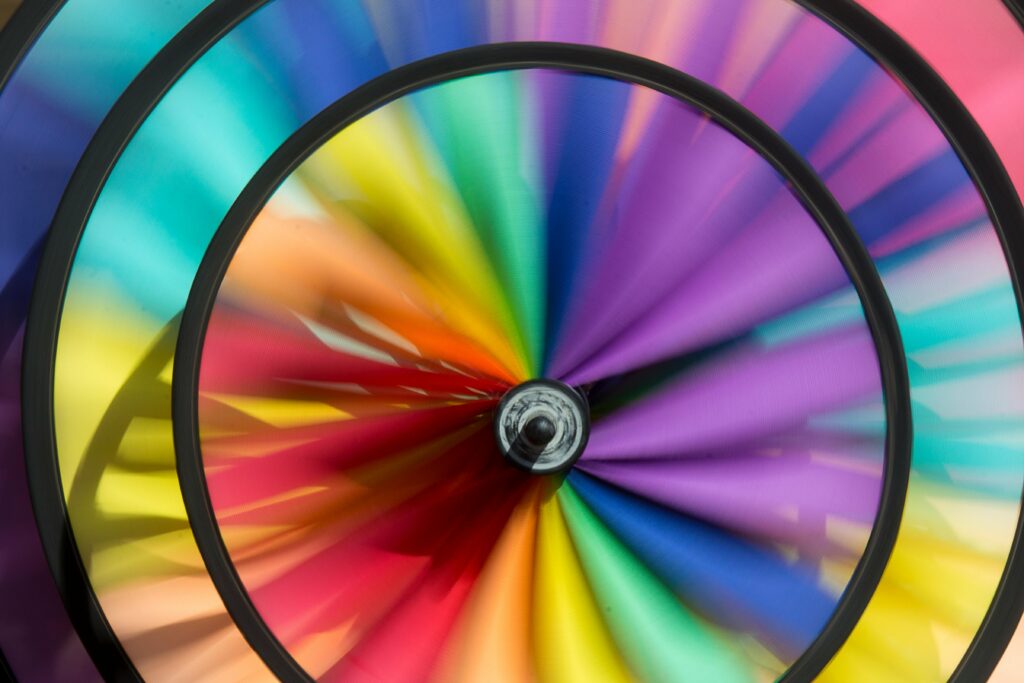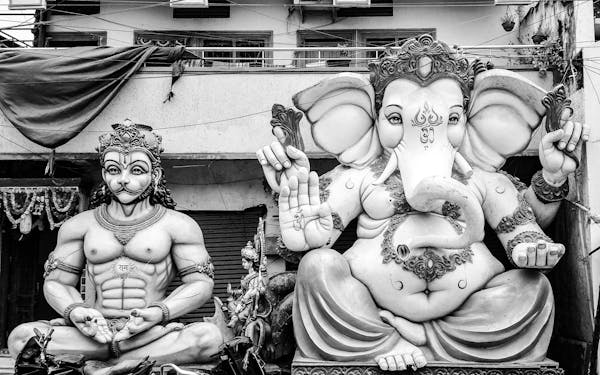When it comes to design, art, or aesthetics, understanding color theory is essential. One critical tool in this theory is the complementary:_bac0wkqsj4= color wheel. This concept not only helps professionals but also assists beginners in creating visually appealing and harmonious designs. Let’s dive deep into the details, exploring how it works and its practical applications.
What is the Complementary:_bac0wkqsj4= Color Wheel?
The complementary:_bac0wkqsj4= color wheel is a modern adaptation of the traditional color wheel. It organizes colors into a circular diagram, making it easier to visualize relationships between various hues. Unlike random color selections, the complementary approach focuses on pairs of colors directly opposite each other. These combinations produce a striking balance of contrast and harmony, widely used in art, fashion, and interior design.
Why is Complementary Color Theory Important?
Colors evoke emotions and set the tone of any project. Complementary colors, such as red and green or blue and orange, enhance the visual appeal by providing both contrast and balance.
- Enhancing Visual Impact: Pairing complementary colors creates high-contrast designs that catch the eye without feeling overwhelming.
- Easing Decision-Making: The complementary:_bac0wkqsj4= color wheel simplifies the process of choosing colors, saving time and effort.
- Universal Applicability: This theory is valuable for various fields, including painting, graphic design, web development, and advertising.
How Does the Complementary:_bac0wkqsj4= Color Wheel Work?
The wheel is divided into primary, secondary, and tertiary colors, forming a logical and intuitive system.
- Primary Colors: These are the foundational colors – red, blue, and yellow. They cannot be created by mixing other colors.
- Secondary Colors: Created by mixing two primary colors, these include green, orange, and purple.
- Tertiary Colors: A mix of primary and secondary colors results in more nuanced hues like red-orange or blue-green.
When using the complementary:_bac0wkqsj4= color wheel, complementary pairs can be identified by drawing a straight line across the wheel. For example:
- Blue and orange
- Yellow and purple
- Red and green
These pairs are known for their ability to create dynamic and appealing designs.

Applications of Complementary Colors
Design and Branding
Brands often use complementary colors to make logos and promotional materials stand out. For example, blue and orange are popular in corporate branding because they balance energy with trustworthiness.
Interior Design
Complementary colors are a staple in interior design. A room with blue walls and orange accents, for instance, creates a vibrant yet cohesive look.
Fashion
Outfits incorporating complementary colors make bold statements. A green dress with red accessories, for example, is both eye-catching and stylish.
Art and Photography
Artists and photographers use complementary colors to create balance and draw attention to focal points in their work.

How to Use the Complementary:_bac0wkqsj4= Color Wheel
Start with a Base Color
Choose one primary color as your foundation. This color will dictate the complementary pair you select.
Adjust Intensity
Complementary colors don’t always need to be vibrant. Muted tones can also work together to create subtle and elegant designs.
Experiment with Proportions
Using one color dominantly while the other acts as an accent creates a sense of balance and prevents designs from feeling overwhelming.
Test Before Committing
Digital tools and apps make it easy to preview complementary combinations before implementing them in your project.

Benefits of Using the Complementary:_bac0wkqsj4= Color Wheel
- Eco-Friendly Designs: Thoughtful color combinations reduce waste in printing and production.
- Improved Accessibility: High contrast makes designs more readable for all audiences.
- Professional Aesthetic: Using the wheel ensures polished and cohesive results.
Challenges and How to Overcome Them
While the complementary:_bac0wkqsj4= color wheel is intuitive, challenges may arise:
- Overuse of Contrast: Excessive reliance on complementary colors can make designs jarring. To avoid this, balance bold contrasts with neutral tones.
- Cultural Contexts: Colors have different meanings across cultures. Research your audience to ensure your color choices are appropriate.
Conclusion
The complementary:_bac0wkqsj4= color wheel is a valuable tool for anyone working with colors. Whether you’re a designer, artist, or enthusiast, this wheel simplifies the process of creating harmonious and impactful visuals. By understanding its principles and applications, you can unlock endless possibilities for creative expression.
Incorporate this tool into your work, and watch as your projects transform into masterpieces of balance and beauty.








One thought on “Understanding the Complementary:_bac0wkqsj4= Color Wheel”